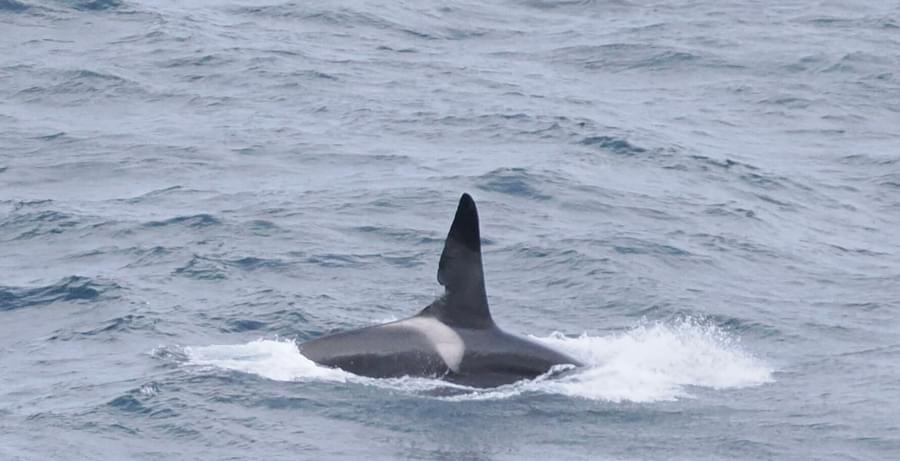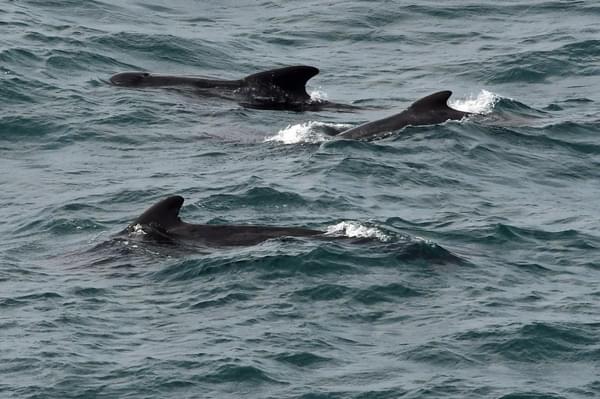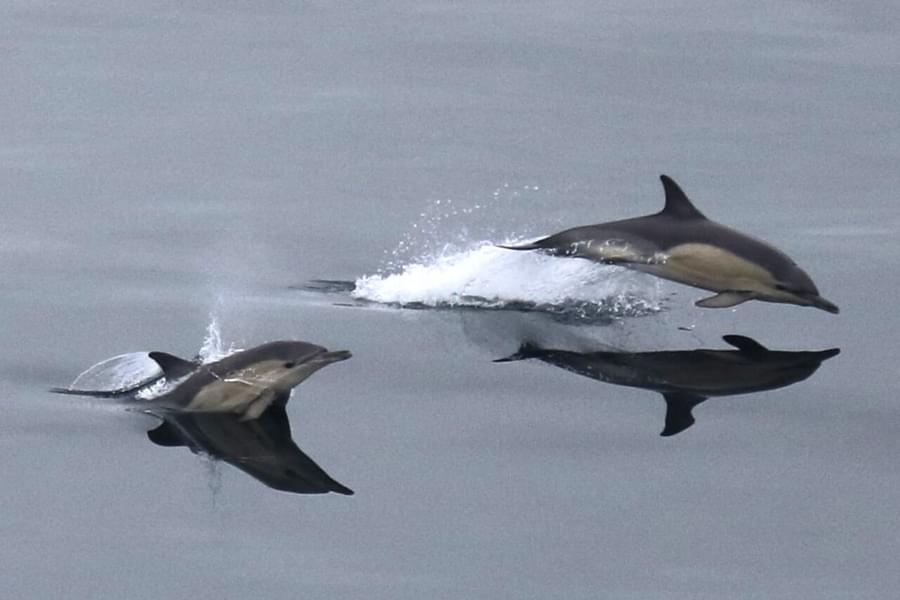The deadly long-term effect of so-called forever-chemicals such as Polychlorinated biphenyls (PCBs) which were banned in the 1980s, have been highlighted in a new study.
A Zoological Society of London (ZSL) study analysed post-mortem data from 836 common dolphin stranding fatalities in the UK between 1990 and 2020.
It found that each 1 milligram increment of PCBs per kilogram of blubber was linked with a 1.6 per cent increase in the chance of infectious diseases becoming fatal. This included diseases such as gastritis, enteritis, bacterial infection, encephalitis and pneumonia – becoming fatal.
According to the study, the threshold where PCB blubber concentrations have a significant effect on a dolphin’s risk of disease is 22 mg/kg, but the average concentration in samples was higher, at 32.15 mg/kg.
PCBs are a long-lasting type of persistent chemical pollutant, once widely used in manufacturing. Rosie Williams from ZSL who undertook the study said to New Scientist that PCBs are still washing into the ocean. “They are still probably entering the environment through stockpiles and are often a side product or a byproduct of other manufacturing processes.”
Efforts are being made to investigate how these toxins can be removed from the oceans. Some researchers are exploring dredging as a cleanup technique, while others are focused on improving water treatment plants’ effectiveness in extracting persistent chemicals.
Common dolphins are an indicator species – a yardstick by which the relative health of marine wildlife can be measured. With average PCB levels already having a significant health risk in common dolphins, this will be a small snapshot of a far bigger disaster affecting a far greater number of marine mammals.

We already know that the West Coast community of orcas in Scotland is highly contaminated with PCBs. A killer whale named Lulu, found dead on Tiree in 2017, had one of the highest PCB levels ever recorded, and scientists believe this contamination was a major factor in her death. In recent years, only two males (John Coe & Aquarius) have been sighted, and no calves have been observed in the group since monitoring began in the 1990s according to the Hebridean Whale and Dolphin Trust.

The only way we can protect whales and dolphins is by understanding their distribution, and so monitoring is vital for effective conservation. Donate today to help ORCA continue to identify and study important whale hotspots around the world by visiting www.orca.org.uk/donate

